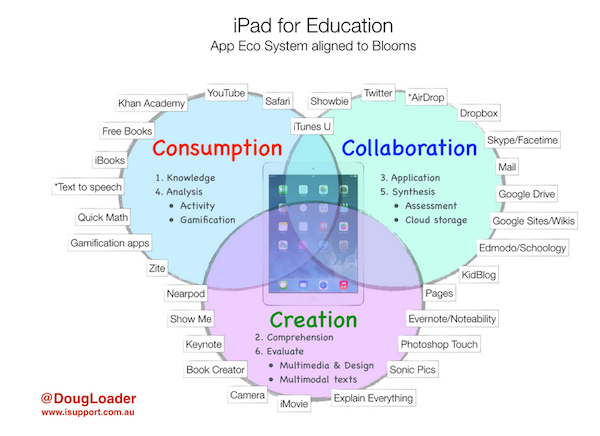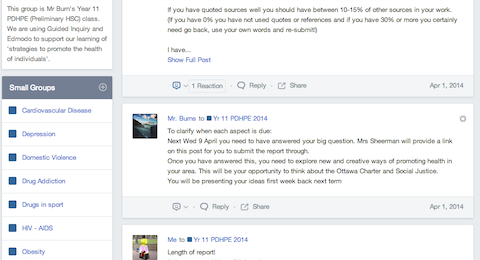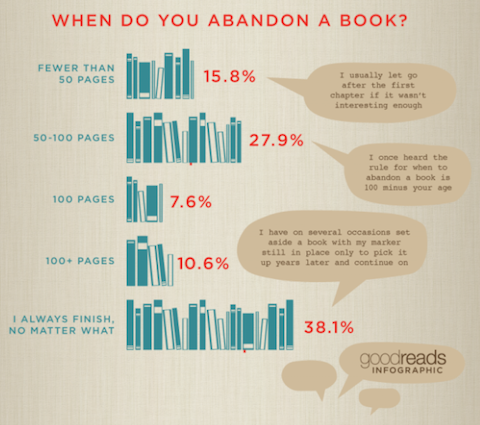The MindShift post by Christina Farr No Courses, No Classrooms, No Grades — Just Learning, describes how some students in the USA are taking time out of school to enrol in project-based learning that pairs them with real projects of problems that need solving.

The NuVu Studio describes their program:
“NuVu is a full-time magnet innovation center for middle and high school students. NuVu’s pedagogy is based on the architectural Studio model and geared around multi-disciplinary, collaborative projects. We basically teach students how to navigate the messiness of the creative process, from inception to completion.
No Courses: Instead, we have studios. Around 12 kids work closely with their 2 coaches on solving big (and small) open-ended problems.
No Subjects: Instead, everything is fused together. Students find themselves moving between a studio that requires them to design a telepresence robot to another that requires them to re-imagine Boston with a cable car system.
No Classrooms: Instead, we have an open space that changes all the time to adapt to the needs of every studio.
No One-Hour Schedule: Instead, students spend two weeks from 9-3 solving one problem.
No Grades: Instead, we have portfolios that document students’ design decisions and show their final products.”
On a smaller scale – many schools are now making pedagogical changes to using Guided Inquiry or Project Based Learning where students select a learning topic that is of relevance to them and where they can develop creative new solutions to issues and problems.









